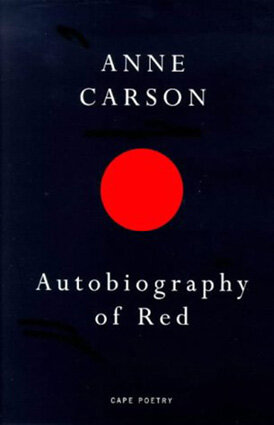Haynes begins her novel with the explicit and noble mission to give voice to women from Greek mythology – many of whom were only ever portrayed as minor, unheroic and simplistic characters. This is a necessary and much-welcome endeavour because, aside from the feminist point of view this adds to these male-dominated tales written by men, telling the story from the women’s perspective gives a rich opportunity for retelling these classic stories and shows there is still so much more to say about them. The novel begins with the muse Calliope being asked to inspire an old male poet by singing to him. She bargains for a trinket, but also insists he relate the stories of the women involved. Thus we get tales of the fall of Troy, the journey of Odysseus, the battles of Achilles, the revenge dealt to Agamemnon and the deities who intervened (or interfered) with the struggles of the mortals. But all these are told from the perspectives of Clytemnestra, Helen, Penelope, Thetis, Hecabe, Polyxena, Calliope, Eris, Gaia and many other women.
In some ways this feels like a greatest hits from Greek mythology as many of the events portrayed are well known. There are notable exceptions such as the tale of Hector’s wife Andromache which I was less familiar with. But what’s so clever is that Haynes develops an overall narrative to the motivations which influence many of these events. The mortals may feel like they are steering events, but it’s the deities who play them against each other as they bicker and squabble amongst themselves. I found it quite funny how the author shows so much carnage and chaos coming out of a petty battle amongst a group of goddesses. So even though this novel’s aim is to give voice to women it doesn’t idealize them because, of course, many of the female characters involved are motivated as much by spite, selfishness or cruelty as they are motivated at other times by magnanimity or kindness. This made the novel really dynamic, fun and suspenseful.
The trouble is that there’s been several retellings of this mythology in the past few years including “Circe”, “The Silence of the Girls” and “House of Names”, many of which have covered the same events. Of course, Haynes gives a different perspective to the stories and differently portrays the characters involved. But there were moments while reading this when I felt I’d read it before because there’s certain architecture and details to the tales which naturally overlap. And it’s certainly no fault of the author that she happens to have been caught in this zeitgeist of retellings or that her novel is the one I happened to read after all these others but it did detract from my enjoyment of the novel. My other main issue with the book was that there were so many characters involved it got somewhat confusing keeping them straight - I’m grateful a list of characters with descriptions was included at the beginning of the novel so I could occasionally refer to it. Nevertheless, it was still a pleasure to read this book and I felt like I got a lot out of it.
I think Haynes is excellent at balancing humour and poignancy in the way she relates these tales. Great fun is made at the expense of the deities and the male heroes’ arrogance and pomposity. But there are also moments of heartbreak and insight such as when it’s observed how language is also a victim of war because “when a city was sacked everything within it was destroyed right down to its words”. This gives a new perspective on history as well as mythology. But the strongest message of all is that heroic acts aren’t just made by men who are turned into statues and immortalized in stories which get retold through the ages. Penelope remarks how “The bards all sing of the bravery of heroes and the greatness of deeds. It is one of the few elements of your story on which they all agree. But no one sings of the courage required by those of us who are left behind.” This novel cleverly proves how the heroes of war aren’t only those who are fighting on the front lines.















